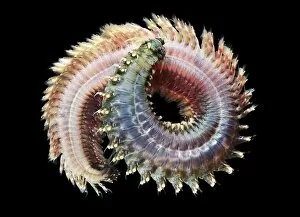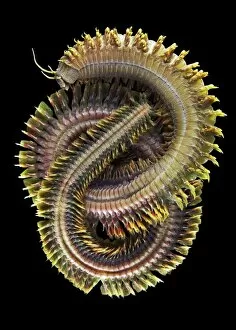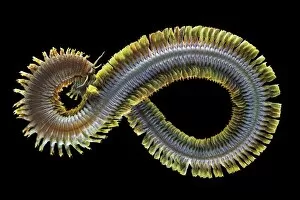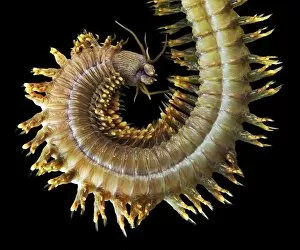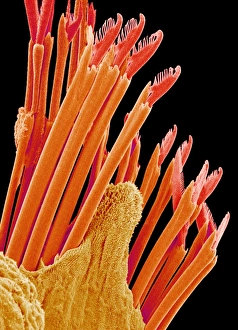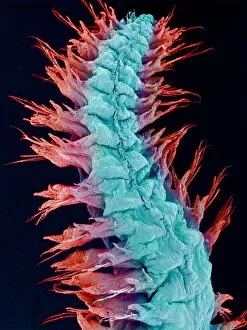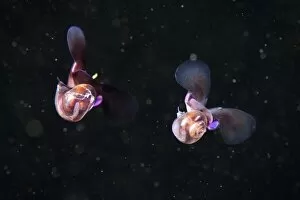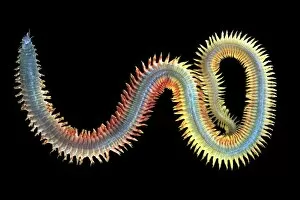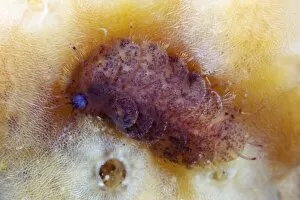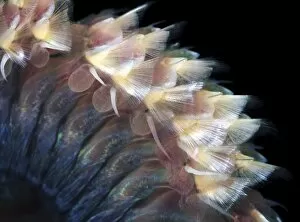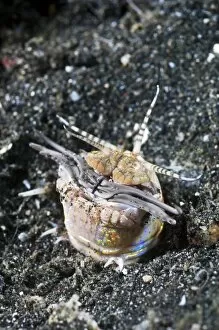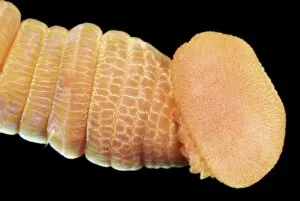Parapodium Collection
The parapodium, a remarkable appendage found in various marine creatures, serves as an essential tool for their survival and locomotion
All Professionally Made to Order for Quick Shipping
The parapodium, a remarkable appendage found in various marine creatures, serves as an essential tool for their survival and locomotion. One such creature is the sandworm, known for its elongated body and distinctive parapodia that resemble tiny legs. These parapodia allow the sandworm to burrow deep into the sandy ocean floor with ease. Another fascinating example is the king ragworm (C015/7450), which possesses unique parapodia that aid in both swimming and crawling. Its flexible and muscular appendages enable it to navigate through different environments effortlessly. Similarly, the king ragworm (C015/7523) showcases its impressive parapodia that assist in swift movements across various substrates. With these specialized structures, this marine worm can adapt to changing conditions efficiently. The king ragworm (C015/7495) also displays its incredible parapodia designed for efficient locomotion. These adaptations allow it to thrive in diverse habitats while searching for food or evading predators. Intriguingly, fireworms possess bristles on their parapodia that provide them with protection against potential threats. Under scanning electron microscopy (SEM), these bristles appear intricate and formidable, serving as a defense mechanism against predators. Additionally captured under SEM are images of fireworms themselves, showcasing their distinct features including their vibrant colors and segmented bodies adorned with striking patterns. Lastly, we have the sea butterfly—a delicate creature equipped with graceful wings formed by modified parapodia. These ethereal structures enable them to gracefully glide through ocean currents resembling fluttering butterflies underwater.

